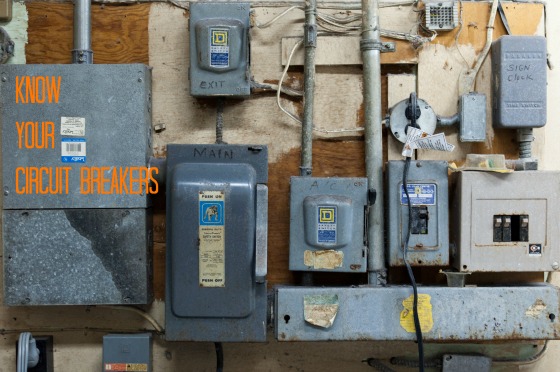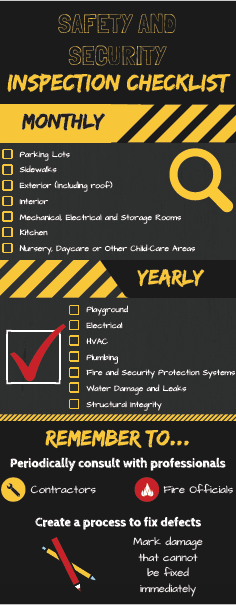
Not to alarm you, but your home or business may be on the brink of major catastrophe.
If your home or business was built between 1950 and 1985, it's possible that you have a Federal Pacific Electric Stab-Lok breaker panel. Although this company is no longer in business, many of these Stab-Lok panels still exist in basements and electrical rooms. The Stab-Lok panels are associated with several problems related to the breakers not tripping and issues with internal connections on the busbars.
The Consumer Product Safety Commission looked into many problems in 1982 with these breakers not tripping properly according to industry safety standards.
According to the United States Consumer Product Safety Commission (CPSC), to meet UL standards residential circuit breakers must pass a number of calibration tests. The purpose of these tests is essentially to determine whether the circuit breakers will hold the current for which they are rated and also automatically shut off if overloaded. The CPSC reported concerns about the failure of these FPE breakers to meet UL calibration requirements.
Simply stated, if you have one of these breakers in your home, you should:
Know your electrical circuit.
Know which outlets and products are connected to each circuit. Never overload any electrical circuit. Be particularly careful not to connect several products that demand high current (such as heating appliances) to a low amperage circuit.
Comply with building codes
Make sure the wiring and devices used in the circuit are connected to a circuit breaker or fuse of the proper size. (Hire an electrician for wiring needs.)
Immediately disconnect any electrical product if problems develop.
Have the product examined by a competent repair person. Investigate to determine why a fuse blows or circuit breaker trips.
Don't replace a fuse or reset a faulty breaker.
If a fuse blows or breaker trips, it is often a warning that the circuit is overloaded. Check the circuit for causes of overloading (for example, too many appliances plugged in, a malfunctioning product, a short circuit). When in doubt, consult a licensed electrician.
Replace your circuit breaker
Many home inspectors and insurance companies are now requiring these old breakers be replaced. It’s worth checking with your insurer to see if any of the cost can be covered through your policy.
For more information, please refer to the infographic below:

Sources: The Cincinnati Insurance Company, Consumer Alert: Check Your Circuit Breaker | United States Consumer Product Safety Commission, Commission Closes Investigation Of FPE Circuit Breakers And Provides Safety Information For Consumers | GuideOne Insurance, The Hidden Danger Lurking in Your Electrical Box
Photo credits: GuideOne, Safety and Security Inspection Checklist | Chris Hsia, Power Breakers
Tags : circuit breaker, fires, homeowner, homeowner policy, circuit overload, safety, home safety
 June 29 at 8:00am · Share June 29 at 8:00am · Share
|